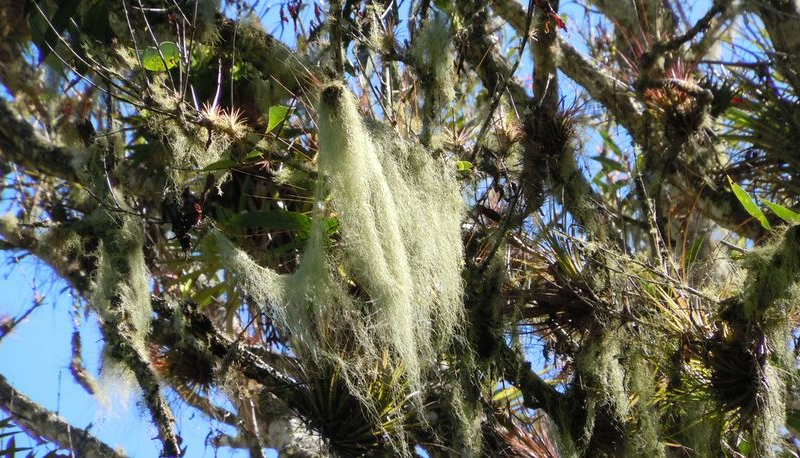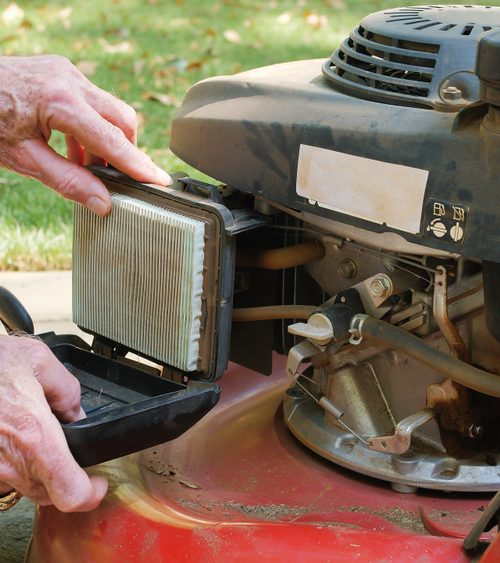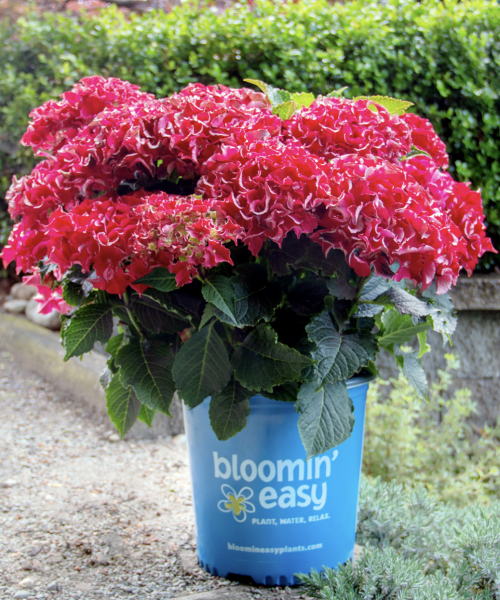By Walter Reeves, For the AJC
Troy Warren for CNT #HomeGarden
Q: My friend wants to send me Spanish moss to see if it will grow here. How do I treat it to kill the chiggers in it? Stephanie Aderholt, email
A: If your friend gathers Spanish moss that’s hanging from tree branches, there will be no chiggers in it. Chigger nymphs (the critters that bite, suck blood and cause an unceasing itch) know they won’t find victims in the trees. They hang out on the tips of grass blades and very low shrubbery, the better to latch on to a passing mouse or deer or human. Tell your friends to spray insect repellent on their shoes and ankles and use a bamboo pole to pull the stuff out of the trees. If it doesn’t hit the ground, the Spanish moss will be chigger-free.
Q: Can I leave my hanging spider plant outdoors year-round?Jeffrey Krawczuk, Kennesaw
A: Not a chance. Spider plant, Chlorophytum comosum, is native to tropical Africa. It would be hard-pressed to survive 35 degrees. If you like the plant, your best bet is to propagate small ones off your plant for next year. Clip a leafy tuft from an arching runner and put it into a small water glass. Be sure the rim can support the spiderette’s variegated leaves out of the water. Fill the glass with enough water to cover the base of the tuft and place in a sunny window. Roots will form in a couple of weeks. When some are an inch long, transplant it into a pot filled with high-quality potting soil. When night temperatures are consistently above 55 degrees, you can put your plant(s) outside for the summer.
Q: I use Bayer Protect and Feed on oak trees to control the caterpillars. I collect the leaves to mulch my vegetable garden. How long does it take for the chemicals to break down and is it safe to use them in a vegetable garden? Paul Maziarczyk, Marietta
A: “Safe” is a loaded word but we do know that imidacloprid is recommended by experts for controlling wooly adelgids in hemlock trees. Researchers say it takes a year for the insecticide to be fully distributed in a tree, but once in place, it kills the needle-feeding insects for five years. Thus your oak tree may have the chemical in the leaves for at least a couple of years. But keep in mind that imidacloprid is frequently used as a seedling drench on vegetable plants that gardeners commonly buy. So I can’t say it’s “safe,” but based on scientific research, I would feel comfortable eating vegetables mulched with your oak leaves.
In Other NEWS




































